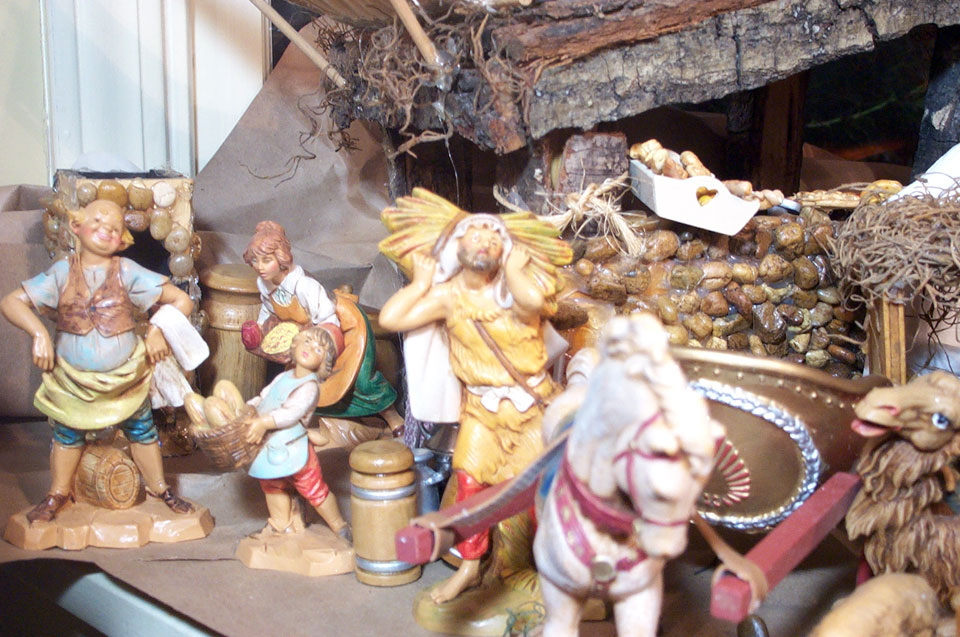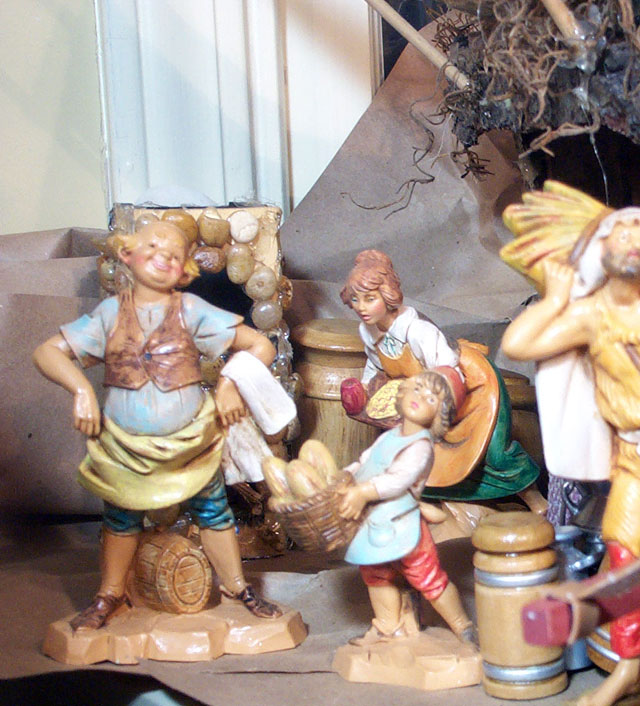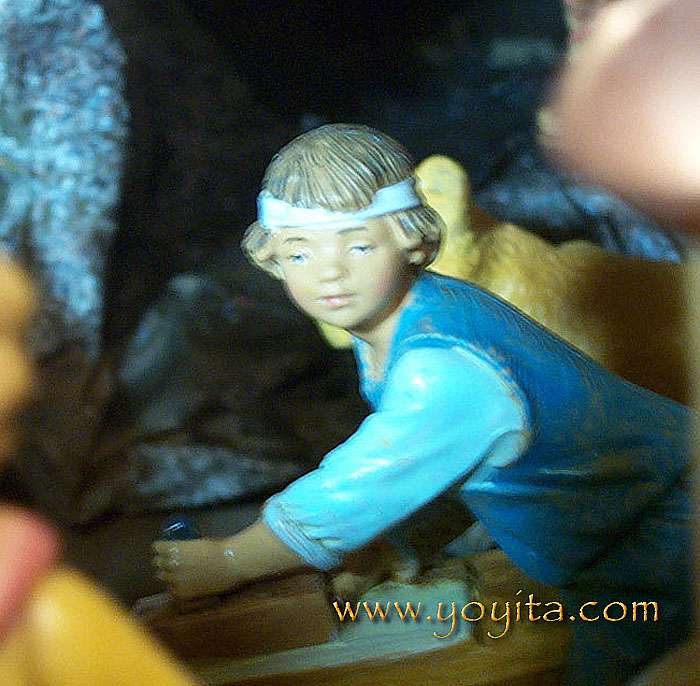|
In 1991, University of Chicago archaeologist Mark Lehner discovered an ancient bread-making facility on the Giza plateau." Dr. Lehner teamed up with Dr. Edward Wood and built a replica of the bakery and outfitted it with handmade baking pottery fashioned after ancient bas-reliefs carved into a tomb wall. The ten-pound loaves of bread were baked in large bullet-shaped clay pots resting in hot coals. "For perhaps the first time in more than 4,000 years a perfect loaf of emmer bread popped from an Old Kingdom-style pot." Ibid.
While the discovery of an ancient commercial/industrial bakery has nothing directly to do with the Israelites and their plight in Egypt, it most certainly does remind us that those who preceded us, even by thousands of years, were real living, breathing people who ate and worked and loved and died--and today the only known mention of their existence is a few words in an ancient collection of books we call the Bible. For me, discoveries such as this help me to appreciate the peoples of the Bible and their forgotten daily struggles.
The historical center of Bethlehem occupies a central place in the Palestinian cultural heritage. It is generally not very well known and only the Nativitv Grotto outside the town is usually visited. Bethlehem, situated less than ten kilometers to the South of Jerusalem, is first mentioned in a letter of the XlVth Century BC (Tell el-Amarna, Egypt) and figures in the Bible's first book as the place where Rachel died in childbirth and where she was buried (Genesis, 35, 19). Also, this tradition may not be substantiated by historical findings, the Jewish mothers who have lost a child come even today to pray in front of a cenotaph erected at the place where the tomb of Jacob's wife is supposed to be. Upon the arrival of Jews in the "promised land", Moses distributed the lands to the various tribes and Bethlehem was included among the possessions of the tribe of Judah. According to the Evangelists, this was the tribe of Jesus Christ's ancestors, many of whom were born there. This is the case of King David (beginning of the second half of the XIth centurv BC), who was anointed in Bethlehem by Prophet Samuel, thus becoming chosen by God to reign over Israel. Prophet Micah (VllIth century BC) foretold the birth, in the same town, of Messiah ("he. .that is to be ruler in Israel" in Micah 5,1-5). Accordingly, the Evangelists recognised Bethlehem as the birthplace of Jesus. This may have occurred at the time of the census in year 6, when all descendants of David reported to Bethlehem. The Christian tradition situates Nativity in one of the grottos in the hills surrounding the town, where the shepherds took refuge at that time.
In 313, the year of the Edict of Milan. a traveller mentions the basilica which had been recently erected by care of Helen, Emperor Constantine's mother. It was a five nave basilica continued to the east by an octagonal sanctuary and by an atrium to the west
This first building was radically modified under Justinian (in 531) by an architect from the Empire's capital. At the time of the Omavyads, the southern apse (oriented toward Mecca) passed over to Muslims. At that time the mosaics of the central nave were achieved. The Byzantine artists covered the rest of the walls with vegetal ornaments of ancient inspiration. This decorative style appears later in Muslim monuments, such as the Dome of the Rock in Jerusalem. According to tradition, Saint Jerome lived in one of the grottos communicating with the Nativity Grotto, at the time when he was writing the Latin translation of the Bible; he is thought to have died there in 419 or 420.
The modern town has, according to the most recent census, a population of 124,000 inhabitants. Bethlehem is one of the most visited places of the Holy Land. However, the tourists - most of them just passing through - visit mainly the Nativity basilica neglecting the historical town. |




